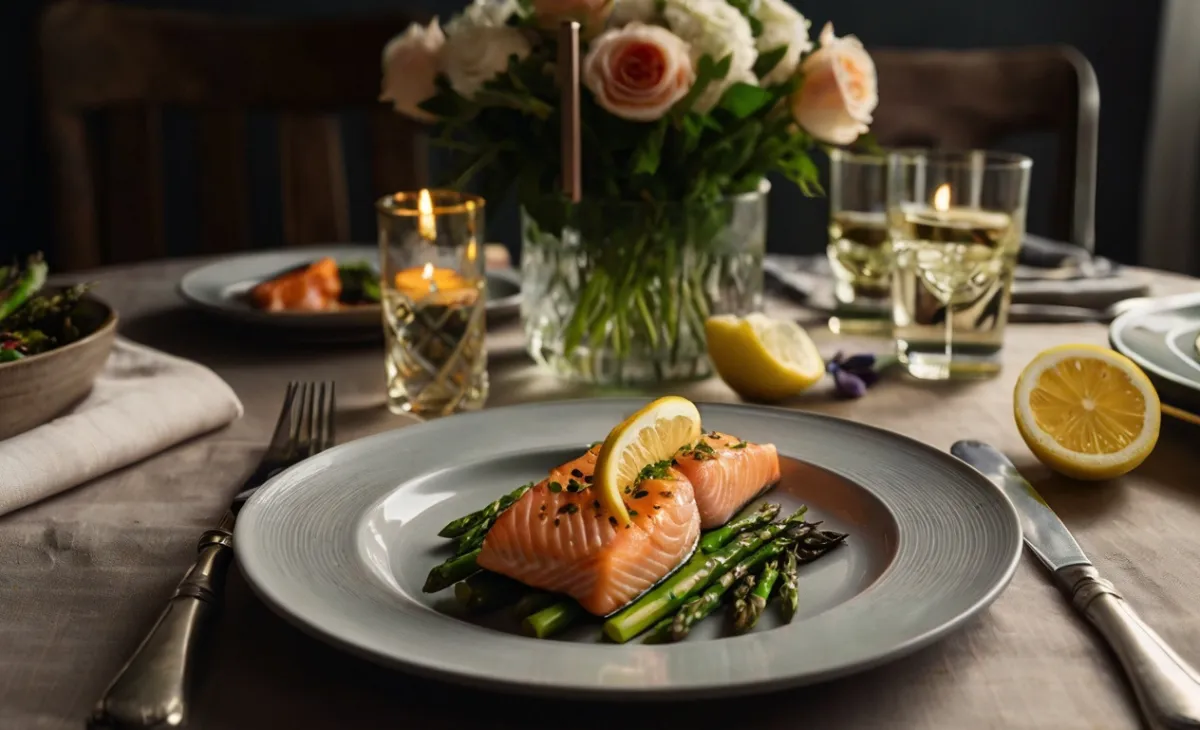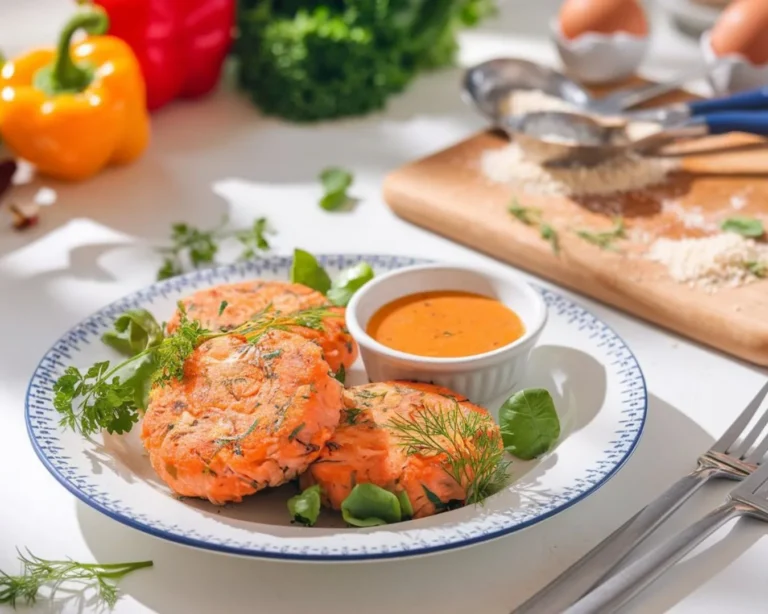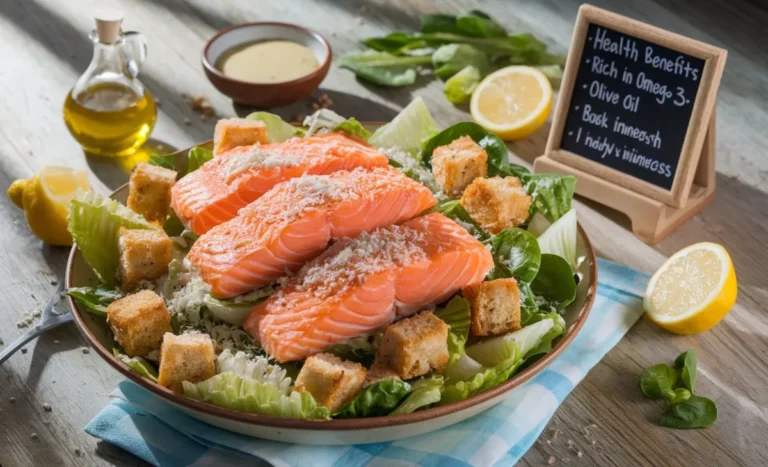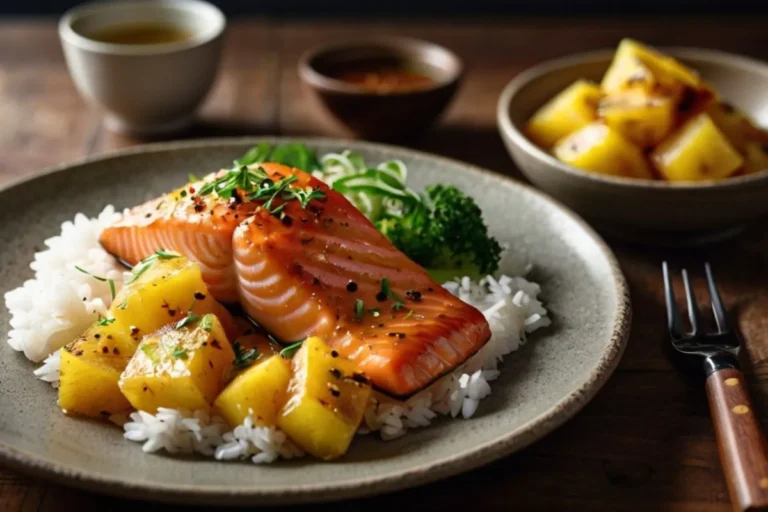How Much Salmon Per Person: Avoiding Waste and Ensuring Everyone Gets Enough
How Much Salmon Per Person: Avoiding Waste and Ensuring Everyone Gets Enough
Imagine you’re hosting a dinner party, the table set beautifully, and the aroma of perfectly cooked salmon filling the room. The night seems flawless until a moment of realization: there’s either too much leftover fish or a guest looking longingly at an empty platter. Misjudging portion sizes is common, but with some thoughtful planning, you can serve salmon confidently, avoiding waste and ensuring every guest leaves satisfied.
Whether you’re preparing a family dinner, planning meals for the week, or hosting a large event, understanding how much salmon to serve per person is key. This guide will walk you through everything you need to know to portion salmon properly, from general guidelines to practical tips for large gatherings, ensuring no one goes hungry and nothing is wasted.
Why Accurate Salmon Portions Are Important
Getting portion sizes right is about more than simply serving enough. It’s about balance—saving money, reducing waste, and creating a pleasant dining experience for everyone. Overestimating means leftovers, which often go uneaten and add to global food waste, an issue many of us aim to minimize. On the other hand, underestimating can leave guests unsatisfied or even embarrassed to ask for seconds.
Serving the correct amount also impacts your budget. Salmon is a premium ingredient, and buying the right amount ensures you stay within your grocery limits. Beyond finances, accurate portions align with thoughtful hosting, reflecting care for your guests’ comfort and satisfaction.
Factors That Affect How Much Salmon You Need
When deciding on portion sizes, several variables come into play. The first is the type of meal you’re planning. A formal sit-down dinner typically requires larger portions than a casual buffet where multiple dishes are served. For instance, a single fillet might suffice at a seated meal, but at a buffet, guests might opt for smaller servings to leave room for other options.
Another consideration is your guests’ appetites. Adults generally eat more than children, and preferences differ. Some guests may enjoy a light meal, while others look forward to indulging. Adjust your portions accordingly to avoid over- or under-serving.
The type of salmon you’re using also matters. Wild salmon, such as sockeye or coho, is leaner and less filling than farmed varieties like Atlantic salmon, which have higher fat content. Finally, your cooking method plays a role. Grilled or baked salmon retains its moisture and weight, while smoked or fried versions are more concentrated and require smaller portions.
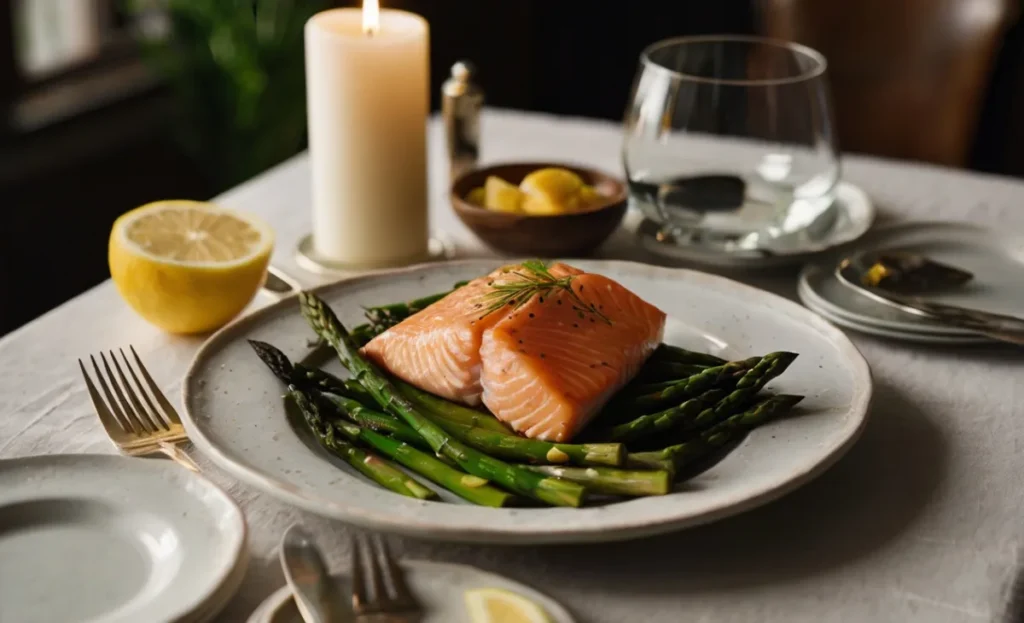
General Guidelines for Salmon Portions
While specific needs may vary, there are standard guidelines to follow when preparing salmon. For adults, plan for 6–8 ounces of raw salmon per person. This allows for enough fish to satisfy most appetites without going overboard. When cooked, this amount translates to roughly 4–6 ounces, as salmon loses about 25% of its weight during cooking.
For children, you’ll need less—typically 3–4 ounces of raw salmon per child, yielding around 2.5–3 ounces once cooked. If you’re serving salmon in a buffet setting, consider slightly smaller portions of about 5–6 ounces per adult. Guests will likely sample other dishes, so a smaller serving of salmon is sufficient.
| Group | Raw Weight (oz) | Cooked Weight (oz) |
|---|---|---|
| Adults | 6–8 | 4–6 |
| Children | 3–4 | 2.5–3.5 |
| Buffet Setting | 5–6 | 4–5 |
Planning Salmon Portions for Groups
Cooking for a group requires precision. Begin by calculating the total amount of salmon based on the number of guests and the portion size. For instance, if you’re hosting a dinner for 10 adults, multiply 8 ounces (maximum recommended portion) by 10, giving you 80 ounces or 5 pounds of raw salmon. Adding a 10% buffer ensures you’re covered for unexpected guests or larger-than-anticipated appetites.
If you’re working with a tighter budget or serving salmon alongside several hearty sides, you can opt for the lower end of the portion range. Bulk buying from a trusted fishmonger or grocer can save money, and pre-portioned fillets are a convenient option for maintaining consistency.
Tips for Cooking and Serving Salmon
Choose the Right Cut
Selecting the appropriate salmon cut simplifies meal prep. Fillets are perfect for individual portions, making them ideal for family dinners or smaller gatherings. For larger events, a whole salmon provides a striking centerpiece and allows guests to serve themselves.
Cooking Techniques
The way you cook salmon influences how much you’ll need. Baking, grilling, and steaming preserve the fish’s moisture and flavor, making it more filling. Smoked salmon, often used for appetizers, requires smaller servings due to its concentrated taste.
Presentation Tips
Plating is just as important as portioning. Adding garnishes like lemon slices, fresh herbs, or a drizzle of olive oil elevates the dish. Pairing salmon with colorful sides such as roasted vegetables or a quinoa salad not only complements the fish but also enhances the overall meal experience.
Recipe Inspiration: Easy and Delicious Salmon Dishes
Here’s a simple yet impressive recipe for a lemon-dill baked salmon. Perfect for weeknights or entertaining, it highlights salmon’s natural flavors while being quick to prepare.
Ingredients:
| Ingredient | Amount |
|---|---|
| Salmon fillets | 4 (6 ounces each) |
| Olive oil | 2 tablespoons |
| Lemon juice | 1 tablespoon |
| Garlic powder | 1 teaspoon |
| Fresh dill | To garnish |
Instructions:
- Preheat the oven to 375°F (190°C).
- Brush salmon fillets with olive oil and season with garlic powder, salt, and pepper.
- Place fillets on a baking sheet lined with parchment paper.
- Drizzle lemon juice over the salmon.
- Bake for 15–20 minutes, depending on the thickness of the fillets.
- Garnish with fresh dill before serving.
Nutritional Benefits of Salmon
Salmon is not just delicious—it’s packed with nutrients that benefit your body. A standard 6-ounce serving provides high-quality protein, omega-3 fatty acids, and essential vitamins like B12 and D. These nutrients support heart health, brain function, and overall well-being.
| Nutrient | Raw (per 6 oz) | Cooked (per 6 oz) |
|---|---|---|
| Calories | 250 | 200 |
| Protein (g) | 25 | 22 |
| Omega-3 (g) | 1.8 | 1.5 |
Wild salmon typically has fewer calories and slightly more omega-3s than farmed varieties, making it an excellent choice for health-conscious diners.
Storing and Reheating Salmon Without Losing Flavor
Proper storage ensures your salmon remains fresh and flavorful. Refrigerate cooked salmon within two hours of cooking and consume it within 3–4 days. If you’re planning to store it longer, freeze the fish in an airtight container or freezer bag for up to three months.
When reheating, use a low-temperature oven or warm it gently on the stovetop to retain its moisture and texture. Avoid microwaving, as it can dry out the fish.
FAQ: Common Questions About Salmon Portions
How much salmon per person for a buffet?
For a buffet, plan on 5–6 ounces of raw salmon per guest. Guests will likely eat smaller portions as they sample other dishes.
Is the serving size different for smoked salmon?
Yes, smoked salmon is more concentrated in flavor. A portion of 2–3 ounces per person is typically sufficient.
What’s the best type of salmon for large groups?
Farmed salmon, like Atlantic salmon, is consistent in size and flavor, making it an excellent choice for events. Wild salmon works well for smaller gatherings where quality takes precedence.
Can I prepare salmon ahead of time?
Absolutely. Cooked salmon can be stored in the fridge and reheated gently before serving, saving time on busy days.
Conclusion: Mastering Salmon Portions with Ease
Serving the right amount of salmon doesn’t have to be a guessing game. By considering your guests, meal type, and cooking method, you can strike the perfect balance between abundance and sustainability. These guidelines empower you to avoid waste, save money, and ensure everyone leaves the table satisfied. Whether you’re hosting a grand celebration or enjoying a quiet meal at home, thoughtful planning guarantees your salmon dishes will be both delicious and perfectly portioned. Now, go ahead and plan your next salmon-based meal with confidence!

